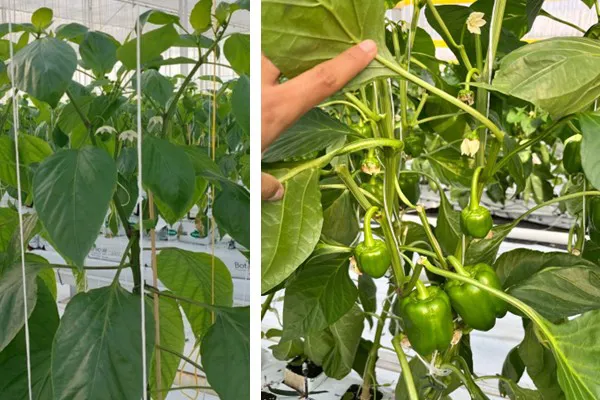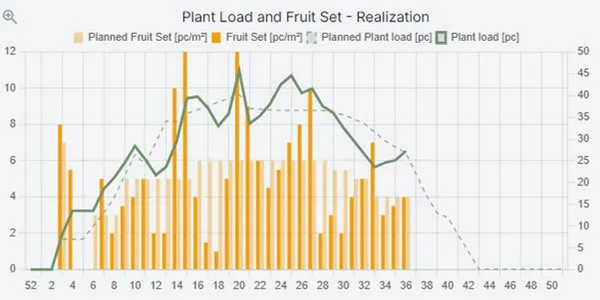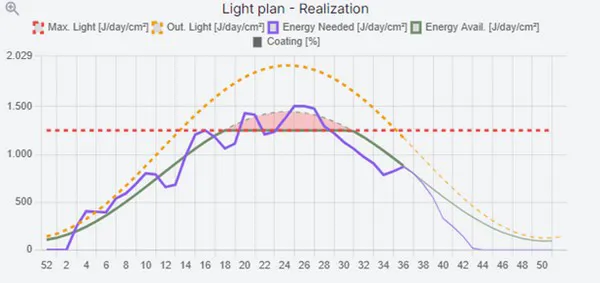Things are never as simple as they seem. In 2022 and 2023, several growers suffered plant loss during the summer period, sometimes due to Pythium but increasingly because of Fusarium. The issue was so severe for some businesses that their greenhouses had to be emptied.
What is clear to everyone is that there is no single remedy that can cure Fusarium. Moreover, the moment when Fusarium appears in the greenhouse is not the moment when the weakness starts. The fungi are always latently present in the greenhouse. Growers need to clean the greenhouse thoroughly, but some fungi will always remain. Therefore, there is every reason to work towards keeping the plants healthy, and the team at ProJoules is helping growers achieve this. How? They explain below.
 From first flowers to first fruits. But what remains?
From first flowers to first fruits. But what remains?
Root formation
The foundation of a healthy plant lies in the first phase of cultivation. From the moment of planting to the first setting, the plant uses a large part of the produced sugars for root formation. A too-early setting and too-high plant load in the winter period brings the risk of insufficient root growth for later in the year. Also, after the rooting period, more and more generative steering is implemented to obtain stronger buds and flowers.
If the plant then reaches the right balance at the right time and also gets more than enough light, young fruits will quickly grow on it. Often, you will get more fruits than desired. What do you do then?
It might sound strange, but it will be better to remove some fruits, especially if you strive to get into production quickly. To remove or not to remove, growers will surely have to face this dilemma. Another question: How many axils do you clear, or do you first wait to see how the plant develops?
Overloaded crops in the spring have a much worse root system. As a result, these crops will be significantly more sensitive to Pythium, Fusarium etc. during times of stress.
Balance
From the planting until week 16, the plants need to strike a balance between the amount of fruits and the amount of light available. Of course, we are talking about outdoor light, but what matters most is the amount of light that reaches the plants. In practice, there can easily be a difference in available 'indoor light' of 5 to 10 percent in different greenhouses. That's why it's becoming increasingly important to use PAR sensors outdoors but also in greenhouses.
 An irregular fruit set gives always an irregular fruit load.
An irregular fruit set gives always an irregular fruit load.
ProJoules users have their cultivation plan ready before the first plant arrives in the greenhouse. This makes their goals much clearer and the choice of whether or not to remove fruits much simpler. Ultimately, plant balance is also a key to successful cultivation.

An irregular fruit set gives always an irregular light demand.
For more information:
ProJoules
[email protected]
www.projoules.com
